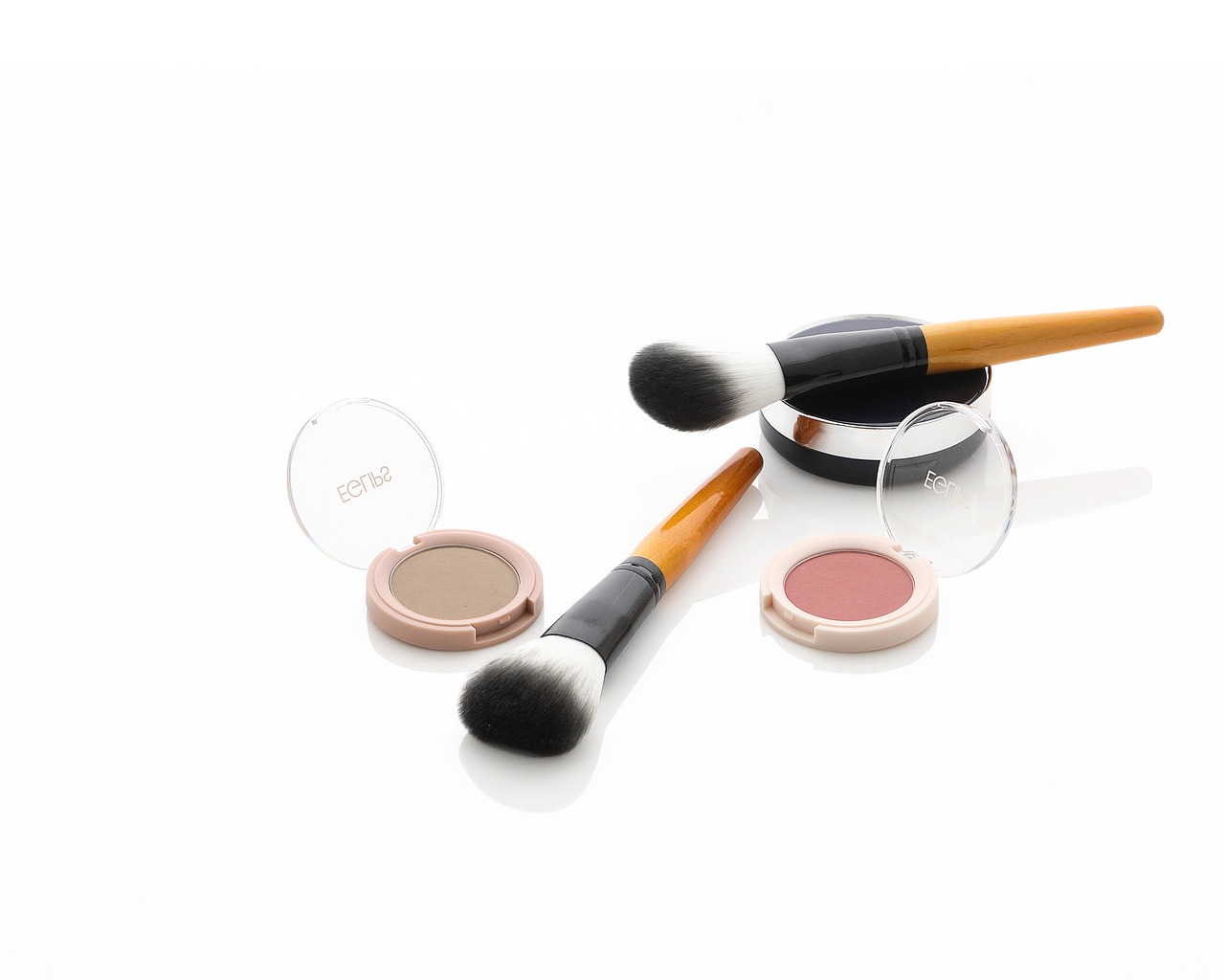Sól, known to many as Sunna, stands as a luminous emblem in Norse mythology. She represents the light and warmth essential for life, serving as a bastion of hope amidst the darkness. In the tales of the Norse, her journey across the sky is not only a daily cycle but also a powerful narrative of resilience and renewal, serving as a reminder of the constant return of light each day.
This article delves into the compelling figure of Sól, illuminating her intricate mythology and the profound symbolism associated with her. Let us embark on a journey to uncover the vibrant essence of this celestial goddess.
Unveiling the Myth of Sól
To grasp the significance of Sól, it is crucial to explore her mythological origins, which are intricately woven into Norse cosmology. Sól is not merely a symbol of sunlight; she embodies the very essence of the sun and its nourishing energy.
One of the most captivating narratives features her daily voyage across the heavens, where she is said to drive a chariot that carries the sun, relentlessly pursued by a wolf named Sköll. This chase represents the perpetual struggle of day against night.
In this scenario, her chariot is powered by two horses known as Arvakr and Alsvid, whose names can be interpreted as “Early Awakening” and “Very Quick” respectively in Old Norse, highlighting her eagerness to usher in the light each day.
In parallel to Sól, her brother Máni represents the Moon, guiding its path through the sky in a chariot of his own, also pursued by a wolf. This reflects a similar motif of cosmic pursuit that is prevalent in many Norse stories.
It is foretold in Norse prophecy that before Sól is engulfed by the wolf during Ragnarök—the cataclysmic event heralding the end of the world—she will bear a daughter tasked to inherit her duties, ensuring that the sun will rise anew in the regenerated world.
Through these rich narratives, Sól becomes an integral part of the Norse understanding of life cycles—illustrating themes of continuity, resurrection, and the natural order of existence.
The Symbols of Sól
Sun Knot
The Sun Knot is a powerful emblem associated with vitality and life, resonating with the sun’s role in growth and sustenance. This symbol encapsulates a connection between the terrestrial and celestial realms and is often considered a protective charm.
Fire
Fire serves as a multifaceted symbol, representing both the genesis and destruction of worlds. According to Norse lore, fire is a primordial force essential to creation, highlighting its dual nature as both a giver and taker of life.
Sun Chariot
Sól’s sun chariot symbolizes her odyssey through the sky, reflecting the cyclical nature of day, night, and the seasons. This imagery foreshadows the cosmic battles that culminate during the Ragnarök, when her light is prophesied to be consumed.
Sowilo Rune
The Sowilo rune found in the Elder Futhark expresses a wealth of meanings related to light, success, and guidance, reflecting how Sól serves as a celestial beacon for those navigating life’s journey.
Titles and Reverence
Sól is known by several appellations that highlight her significant role in Norse culture. Some notable titles include:
– The Shining Goddess
– Bright Bride of Heaven
– Sunna
– Day-Star
– Ever-Glow
– All-Bright Seen
– Fair-Wheel
Practicing Worship of Sól
To honor Sól, practitioners can engage in rituals and meditations focused on themes of rejuvenation and enlightenment. Inviting her presence can happen during personal growth phases—many folk align with the practice of Sun Magick, welcoming the sun at dawn to feel her radiance directly.
While specific ancient rituals for Sól may not be thoroughly documented, this allows for personal expressions of devotion. This can include creating songs, offerings, or simply basking in the sunlight, nurturing a connection that draws upon her dynamic energy.
Correspondences of Goddess Sól
Sól embodies various correspondences:
– Associations: Sun, light, warmth, life, hope, and renewal.
– Symbols: Sun chariot and solar motifs.
– Plants: Sunflowers and calendula, among others.
– Animals: Horses and falcons symbolize her strength and vision.
– Gems: Amber and citrine represent sunlight and warmth.
– Colors: Gold, yellow, and bright orange, reflecting sunlight.
– Day of the Week: Sunday is traditionally linked with the sun.
Offerings to Sól
Offerings to Sól can involve vibrant elements such as sunflowers or gold-colored candles, which evoke her sunny essence. Other fitting tributes might include various fruits, elixirs rich in color, and symbolic botanical offerings like calendula and birch bark, celebrating renewal.
Creating a personal altar dedicated to Sól with these elements can forge a deep connection to her life-giving strength, emphasizing the warmth she instills in the world.
Invocations and Prayers
To invoke Sól’s light, one might recite a prayer that seeks her guidance:
“Radiant Sól, Goddess of the Sun,
Hear me, your devoted seeker of light,
Shine upon me, guiding my path,
In darkness and joy alike, may I find strength,
May I remain grounded and true under your light,
Grant me clarity in thought and warmth in heart,
Let my deeds resonate with honor and kindness,
Embrace me in your radiance,
As I walk confidently in your glow.”
Further Exploration
To continue your journey into solar mythology, consider exploring texts that delve deeper into Sól’s counterparts and the rich tapestry of Norse traditions.
The vibrant essence of Sól not only encapsulates the sun’s warmth but also reflects the cycle of life itself, a testament to the enduring light within us all.



